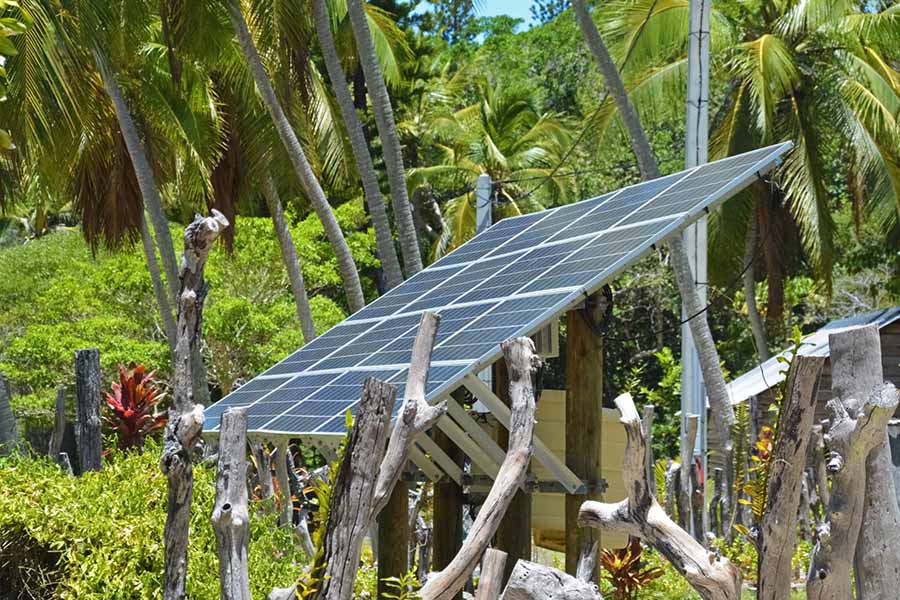
Waste management: Will solar PV be the next plastic?

In fact, with rapidly falling tariffs, subsidies from the Ministry of New and Renewable Energy (MNRE), 100% foreign direct investment through the automatic route, and performance-linked incentives for high-efficiency PV module manufacturing, India's solar PV industry has has been growing.
The government has made solar energy key to India's low-carbon energy transition. However, the rapid popularization of solar photovoltaic technology has brought about unregulated end-of-life management and disposal of photovoltaic waste.
Solar photovoltaic systems generate two forms of waste: primary and secondary. Primary waste includes waste generated directly from solar panels before and at the end of life. Secondary waste constitutes materials generated during the manufacture and disposal of balancing systems such as inverters, electrical wiring and mounting structures.
Although solar panels have an estimated lifespan of 20-25 years, they are often discarded before that due to damage during transportation, installation, soiling, manufacturing failure, poor maintenance, and inclement weather. In an ongoing study in Bengaluru, suppliers report that consumers frequently replace their PV rooftop installations within 2-3 years and upgrade to more efficient panels. This adds to the issues surrounding waste management and disposal.
Given India's considerable solar targets, research shows that the amount of solar PV waste is expected to reach 200,000 tonnes per year by 2030 and nearly 10-fold to 1.8 million tonnes by 2050. These numbers are large and India's sustainable energy transition is expected to face considerable challenges.
In addition, secondary waste includes components with a lifespan of 3 to 10 years, which will further generate large amounts of toxic substances (including heavy metals such as cadmium and antimony) and electronic waste, and pose a significant threat to human and environmental health. India appears unprepared for these potential outcomes.
The country does not have any specific regulations to process and recycle solar PV waste. The only mention of solar waste in the MNRE guidelines. The ministry directed the Central Pollution Control Board to amend the 2016 e-waste rules to include antimony in the category of “hazardous substances” (Rule 16), which will have an indirect impact on the management of antimony-containing solar modules.
At the same time, investment in R&D is needed to develop indigenous solar waste recycling technologies and to incentivize related infrastructure. The stakes are high, and if concrete steps are not taken soon, India will face serious challenges comparable to its plastic waste management.
Categories
New Blog
© Copyright: 2025 Xiamen Wintop New Energy Tech Co., Ltd.. All Rights Reserved.

IPv6 network supported
Friendly Links:
Integrated Solar System